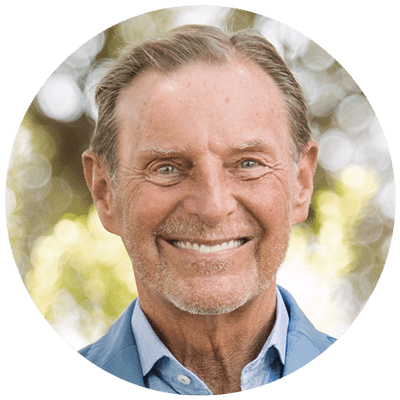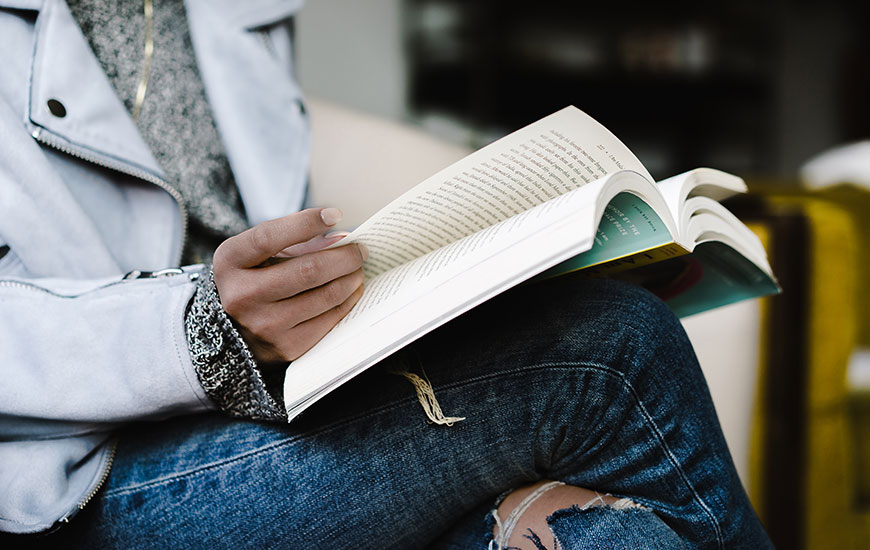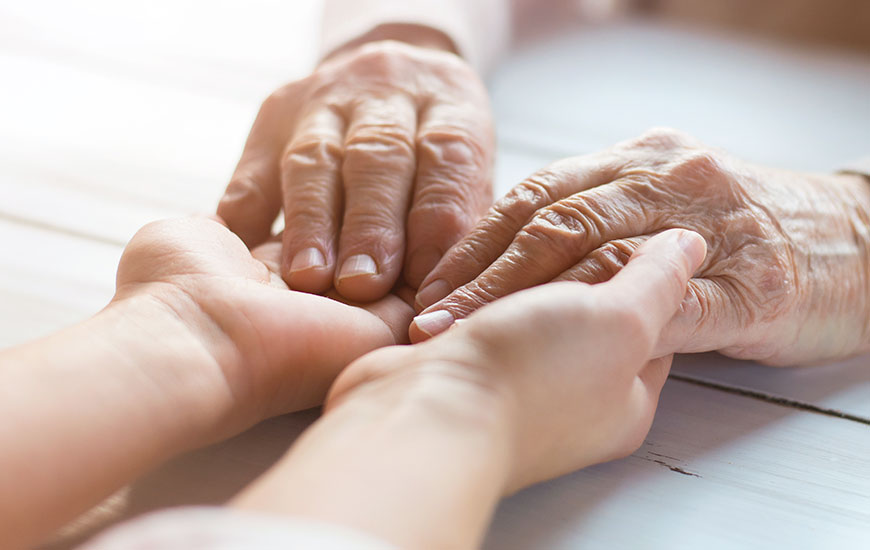POWERED BY THE GLOBAL HEALTH EDUCATION INITIATIVE
Webinar Replay: Death, Dying & Rebirth: A Look at the Second Birth of Humanity
Before you watch this webinar…
Check out our introductory blog post + short video on Death, Dying & Rebirth with Dr. Zach Bush.
Webinar Summary & Resources
Death, Root Causes + Scarcity Mentality >
Panel Introduction >
Awareness Beyond the Brain >
How Dying Changed His Life >
How to Choreograph a Beautiful, Compassionate Death >
Words We Don’t Hear on the Deathbed >
The Value of Touch >
The Power of Ritual + Being Prepared to Die >
There is Nothing to Be Afraid Of >
Continued Connection With Those Who Have Died >
How Over-Medicating Can Inhibit Dying Well >
Humanity’s Two Possible Futures >
Death, Root Causes + Scarcity Mentality
“Today, we’ll see that when we view death as an endpoint, it creates a scarcity mentality in our concept of life.”
– Dr. Zach Bush
Dr. Bush encourages us to view this talk as a call to presence that plugs us back into beauty and to life, which is often most fully expressed at the moment of death. Some of his most humbling lessons of this reality came from the brave children who died under his care in his years as a hospice director.
Panel Introduction
(10:56) Dr. Guy Danielson describes his professional journey as a neurosurgeon as one of awe, gratitude and possibility. And, as someone who worked with and on the human brain for decades, he experienced that human perception is not something limited to the brain. (18:08) Dr. Danielson shares a story of a woman who came into his operating room with 7 bullets through the head; she made it through surgery and eventually healed. Weeks later, this woman met with him and was able to describe in detail the sounds, conversation, visuals and other things that had been going on in the operating room while she was in surgery, completely comatose, a few weeks earlier. She said she wasn’t in her body at that time but was sitting up in the corner of the room watching the operation, listening to the music, observing the conversation and happenings of everyone in the room.
There was no biological way this woman could have been perceiving from her body, and she was able to recount a full, accurate, sensory experience that she was aware of her life while not in her body. And this challenges the idea that our existence, our awareness, is limited to the physical container of the body.
There is an access to consciousness that is independent of the brain. There is a consciousness much greater than your human experience that can be witness to your life and express itself through your life.
– Dr. Zach Bush
(41:55) As a result of this death event, he developed an issue with the part of his brain that deals with how we perceive time; and he is now unable to estimate time or the passage of time. “I can’t tell you if it’s been 5 minutes or 5 hours.” The combination of these things left him with two profound questions that shook him to the core: 1) who am I? and 2) when am I? This experience helped him realize that his identity is more than his résumé or accomplishments, but he is actually something beyond that.
(43:54) Dr. Cummings describes a section of the brain called the reticular activating system that keeps humans aware of things. This system is aware of motion; it helps us know what is going on around us. This part of the brain thinks that death means existence ends. But Dr. Cummings didn’t experience his existence ending while drowning; instead, he retained awareness even after his heart stopped beating.
When we have only a materialist idea of who we are and when we are, we create emotional attachments to the past, the future and to the events that happen there. The present is the only time we are not emotionally attached to.
“When we lose the attachment to the past and the future, the value and importance come together in the moment that you’re in.”
– Dr. Peter Cummings
(48:46) Dr Bush and Dr. Cummings discuss how experiments with drugs are unable to take us to this same place of awareness that death does. Dr. Cummings describes his idea that the reticular activating system “opens up” in these moments on the brink between life and death; because of this, we could possibly access other experiences of consciousness and knowing.
“There is no future. There is no past. They are the same thing. When we lose this attachment, that is the lesson of death, of letting go. “
– Dr. Peter Cummings
(51:07) Dr. Bush reminds us that accessing consciousness without these attachments is also the goal and capacity of meditation. Silence is the access point to this practice of awareness, shutting down the overwhelming sensory experiences and addictions so that we can have a more profound kind of awareness.
(1:15:23) Dr. Peter Cummings explains our innate system as more of a filtration system than a barrier system because it allows us to integrate with our environment. Everything we encounter in our environment is filtered through our central nervous system; so we could think of our nutrition as not just food but also light, sound and air. (1:19:17) The vagus nerve regulates our emotional state as well as our inflammation. So it is important to mitigate stress and anxiety because stress changes our genetics and creates loss in microbiome biodiversity. (1:26:01) Dr. Cummings explains how the brain functions as part of our immune system and describes how the blood-brain barrier relates to neurodegenerative disease + chronic brain disease.
Human beings deserve kindness and compassion and respect.
– Gabby Jimenez
When people first become aware that they are going to die soon, Gabby says that people are often filled with an awareness of how they lived their life, who is in their life, and what they are going to miss. She shares a story of a young patient who died very gracefully, peacefully and consciously. A common thing that people experience when they hear they are going to die is an understanding of how final that is and how powerful these last memories, words and good-byes.
Words We Don’t Hear on the Deathbed
(1:07:12) Dr. Bush mentions that he has never heard anyone on their deathbed talk about how they wish they had worked more, sat in traffic more or spent more time on social media. Instead, most of the time, it is then we are hearing about their greatest joys and receive clarity around what their life has been. He talks about his medical training that approached death from a place of symptom management and pharmaceuticalization, and he thinks that doctors can interfere with the death process through over-medication.
(1:10:40) Gabby says that she tries to provide as much comfort and support as possible without defaulting to medication, using it only as a last resort. She shares that tactile and verbal stimulation are very effective as well as holding someone’s hand, opening a window and curating music that they like, reminding them that they are not alone. These practices can help someone be with the death process with more peace. Gabby also encourages ritual to connect family members with those last conversations, words and gestures; and she shares her tools with the family members so that they can partake in the process meaningfully. Her goal is to choreograph a situation that can make the death gentle and beautiful, a death in which people are cared for in a generous, compassionate way.
(1:15:34) Michelle Renee talks about the importance of touch for humans throughout our lives; and she says it is often a missing component in our culture, especially with death. Other cultures have ways that they communally celebrate someone’s life and their death. This is in contrast to the Western culture that tends to leave little room for death, much less the grieving process. There was a stark contrast between the graceful death of her grandmother with the more challenging death of her stepfather, and this made her want to care better for people who are dying. She wanted to offer people spiritual care in addition to physical care.
In her reading of the Tibetan Book of Living and Dying, she noticed that hearing was often the last sense to go; and many of the stories she’s heard include people who have passed away after their loved ones say “You can go now.” Her personal experience of almost dying in a car accident also helped her understand that we are infinite beings; and even though our bodies die, our souls are eternal.
“The power of your hand in somebody else’s hands is the greatest medicine on earth.”
– Dr. Zach Bush
The Power of Ritual + Being Prepared to Die
(1:30:35) Dr. Danielson shares about a trip to Mexico during El Día de Los Muertos and part of participating was answering the question “Are you ready to die?” He was not ready to say that at the time, but he realized that this response meant being prepared to die instead of actually dying. This was a reminder of how powerful rituals can be and how they can facilitate new understanding. When his mother passed away, he thought she was gone; but then she suddenly came back with one more breath and told him that there was nothing to be afraid of.
There is Nothing to Be Afraid Of
(1:36:45) Dr. Bush confirms that this is the message that kept coming back from the other side with his patients as well. He reflects that living without this fear of death can radically change how we live and also how we parent.
“If i’m not prepared to die … then I am coloring the world around me with fear.”
– Dr. Zach Bush
(1:38:45) Dr. Cummings says that prior to drowning, he had been afraid to die; and this fear prevented him from doing a lot of things in life. However, when he actually did die, he felt overcome with love and total acceptance; he knew that his love for his family was eternal and death would let him be a part of that love. He says it was the most beautiful thing that has happened to him, and he has no fear of dying anymore; instead, he tries to practice this awareness every day.
Continued Connection With Those Who Have Died
(1:42:08) Dr. Cummings describes the continued connection we can experience with loved ones who have passed and how we can still interact with them. Gabby confirms this and says she often witnesses people who are near death see someone they love who has already passed on. She interprets it as something wonderful that someone they love is coming back to greet them and perhaps take their hand on the other side so they don’t have to do it alone.
“When you die, you become Love. You become part of Everything.”
– Dr. Peter Cummings
(1:47:50) Michelle describes death as the most exquisite and beautiful moment of surrender; it’s also a moment where we face the fear of the unknown. However, she says, there is magic in the unknown. In the unknown there are infinite possibilities. She shares stories of people who suddenly “wake up” from their deathbed and tend to some sort of unfinished business before passing on.
“It’s fascinating what can happen with death when we can witness it.”
– Michelle Renee
How Over-Medicating Can Inhibit Dying Well
(1:51:51) In response to the medicalization of death, Dr. Cummings shares that he witnessed incredible levels of opiates from people who had been in hospice care, levels far beyond what he would see in an accidental overdose. He says that if we treat death like a disease to manage and cure, then we miss out on the other spiritual and emotional aspects of the dying process.
Humanity’s Two Possible Futures
(1:53:18) Dr. Bush reminds us of the full extinction event, the death event, happening on the planet right now. If we continue to abuse the planet with chemical agriculture, pollution and overconsumption then we will witness the death of humanity as well as the death of the planet. As humans, we can proceed with good hospice care and choreograph a beautiful death that also stays open to the possibility that we change direction and heal.
He said that when someone receives a prognosis that they are going to die, the first thing a hospice doctor does is take them off all chronic medications. This way the doctor can understand the person’s actual baseline of well-being. Many times when people come off all their chronic medications they get discharged from hospice.
(1:56:12) We live in the light of two possible futures. In one of these futures, we change our behavior, re-write humanity into nature and live into an awareness of life’s abundance. In the other possible future, we keep doing what we are doing and march into extinction along with 87-97% of life on earth.
He encourages us to consider how other species die. A recent study showed that 1 year after a single log fell, 100,000 species had become alive through that process. This can be a model for how we can manifest life through dying processes. What do we make room for, what life do we make possible, with our death?
If humanity walks toward the future consciously, we have the opportunity to express the beauty of who we are as a species, regardless of the outcome;; and Dr. Bush calls us into an awake participation in the death-rebirth process. Nature has gone on to express more extreme biodiversity and hyperintelligence after each of its previous extinctions. In either possible future, humanity can be a co-creative force that regenerates more abundance, intelligence and beauty.
“My goal is that we live life in the same way that we would want to die.”
– Dr. Zach Bush
Dr. Zach Bush Protocols & Health Resources
Integrative Health Matters (clinic) founded by Dr. Guy Danielson
Mystery of the Mind: A Critical Study of Consciousness and the Human Brain by Wilder Pinfield
The Tibetan Book of Living and Dying by Sogyal Rinpoche
Recommended Resources on Becoming a Death Doula:
Suzane O’Brien’s Course (Doulagivers)
doulagivers.com
Conscious Dying Institute
consciousdyinginstitute.com
Francesca Arnoldy
contemplativedoula.com
Deanna Cochran
certifiedcaredoula.com
Panelist Bios
& Resources

Guy Danielson, MD
Contact:

Michelle Renee – Death Doula
Contact:

Peter Cummings, MD
Contact:

Gabrielle “Gabby” Jimenez, Hospice Nurse
Contact:
FB Page: The Hospice Heart
If you to learn more about Gabby’s course, “At The Bedside” course that combines End-of-Life Doula with Hospice care, you can reach her at: thehospiceheart@gmail.com



